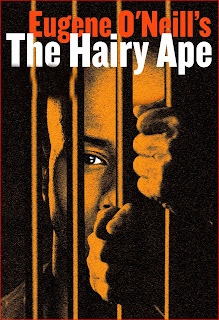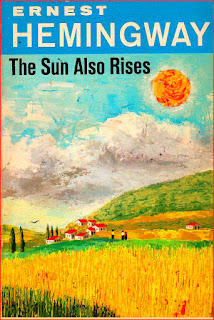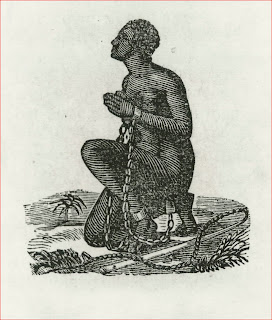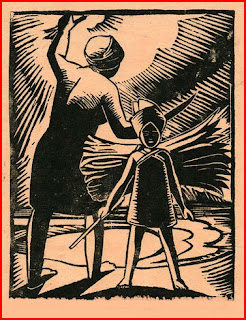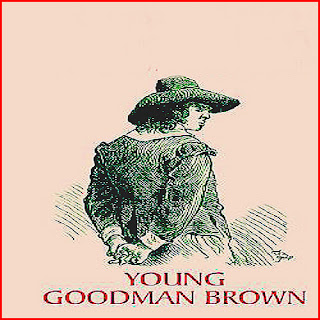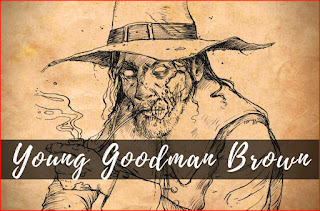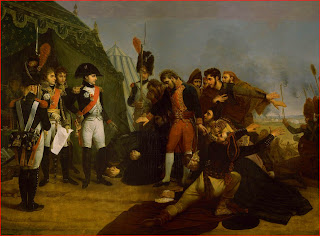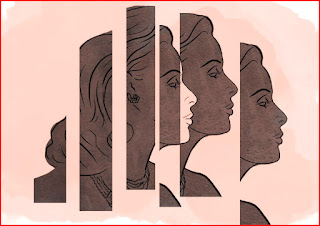The Hairy Ape as a Social Satire
Literature of all types during the last sixty years has dealt with social problems. Social protest has been the moving spirit in literature since the days of Zola. In The Hairy Ape O'Neill reveals himself in sympathy with this tradition, with the one difference that he is not dealing with the condemnation of a particular political order. His problem is the deeper one of the psychological implications of the machine age. His predecessors might have shown how Yank lost his job and finally through starvation was led to crime to support himself and family, or some similar theme. But it should be remembered that Yank's problem was not loss of work. He could have had all the work he wanted. Furthermore, O'Neill does not appeal to the emotions by having Yank lose a sweetheart, mother, or children. Yank is alone as far as any family connections are concerned. It is not work that Yank is seeking. What Yank wants is to know that he "belongs." He wants to find out what it is that has happened to the world which separates him from the realization that what he is doing is a necessary and a fitting part of the life of the world.

